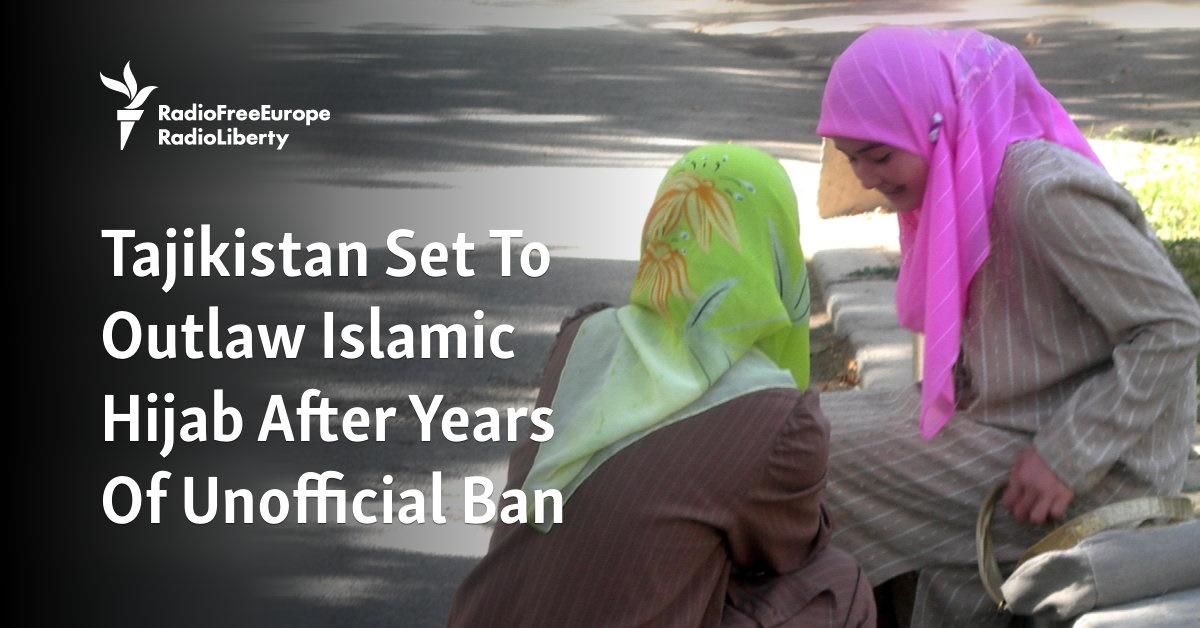After graduating from medical school, Salomat had to settle for working as a masseuse at a Dushanbe beauty salon because hospitals in Tajikistan don’t allow the Islamic hijab, which she wears.
“I had to choose between my career and my faith, and I chose the latter,” says Salomat, who didn’t want to give her full name. “I did remove my hijab in college because I thought that was temporary. But a career is for life.”
Thousands of women in Tajikistan have faced similar choices in recent years as the staunchly secular government in Dushanbe has been increasingly cracking down on the Islamic head scarf at schools and workplaces.
Despite the effective ban on the hijab in public institutions, there is no legislation in Tajikistan that outlaws Islamic attire. But that is about to change.
Parliament in the predominantly Muslim nation of some 10 million has adopted draft amendments to the law on “traditions and celebrations” that will ban the wearing, importing, selling, and advertising of “clothes alien to Tajik culture,” a term widely used by officials to describe Islamic clothing.
Several Dushanbe residents told RFE/RL that they don’t support a ban on certain types of clothes because they believe people should be free to choose what clothes they want to wear.
“It’s important to have the freedom to choose our own clothes. There shouldn’t be a law ordering us what to wear,” said Munira Shahidi, an expert on art and culture.
Most Tajiks believe the new amendments would only legalize a “ban that has already been in place for years.”



Looking at demographics, predominately is almost an understatement for the Islamic population, looks like maybe up to 96%? I’m treading carefully on my wording here because I know anything along these lines is always sensitive, but it sounds like they’d be inclined to be supportive of Islamic standards, I just kind of wonder where this ban comes from?